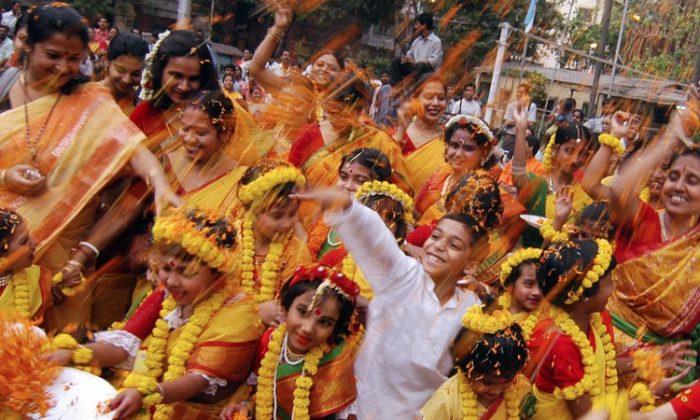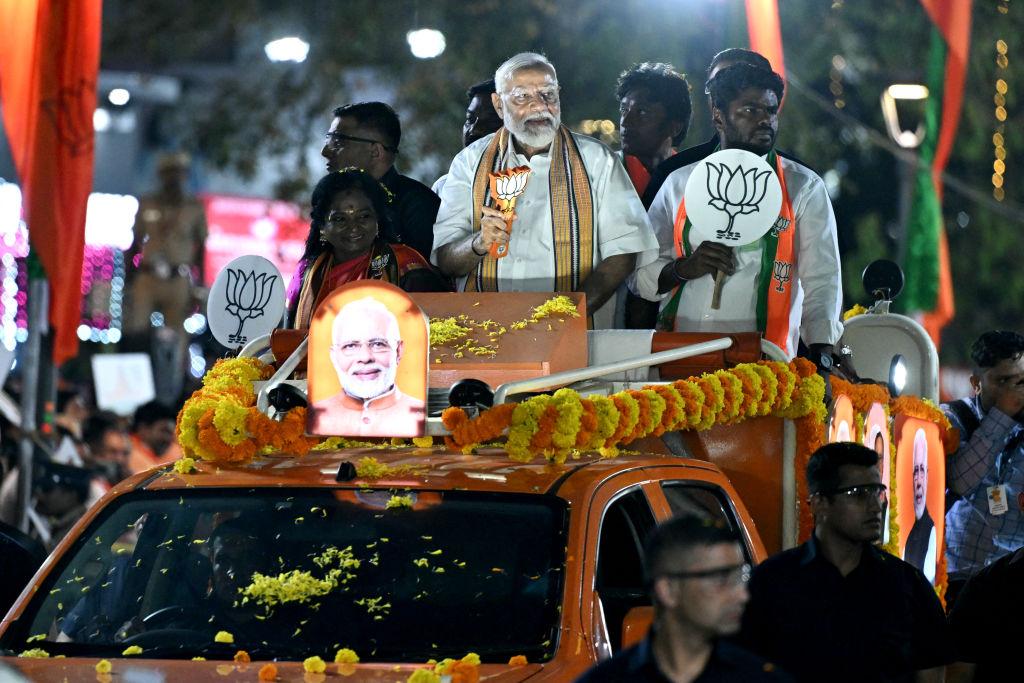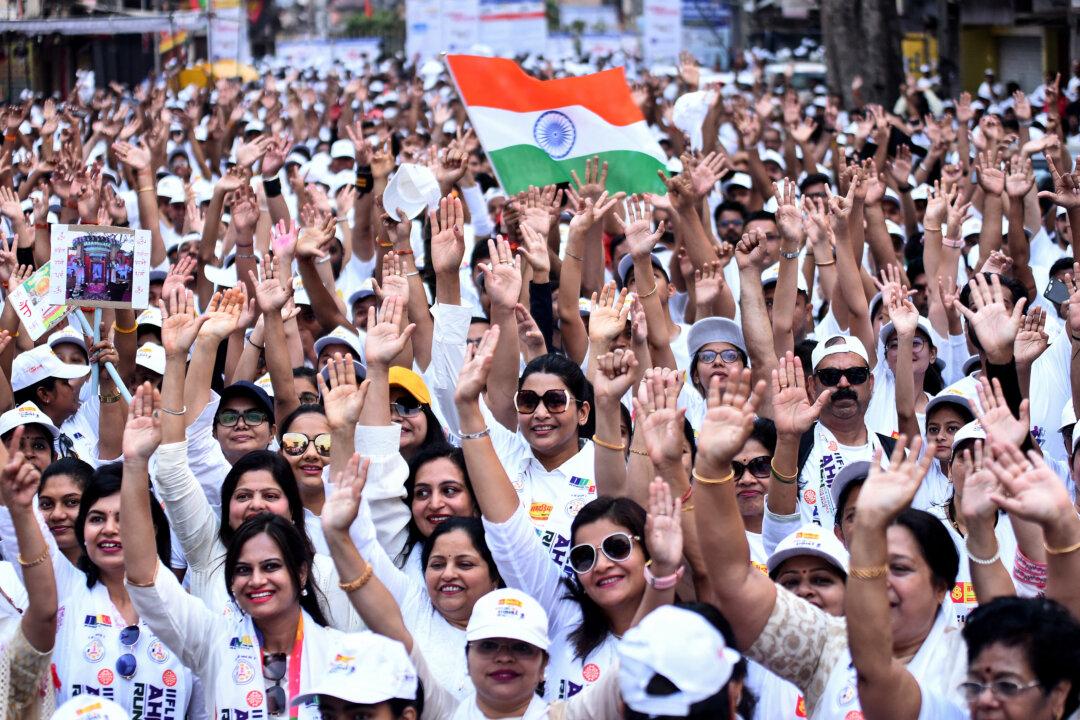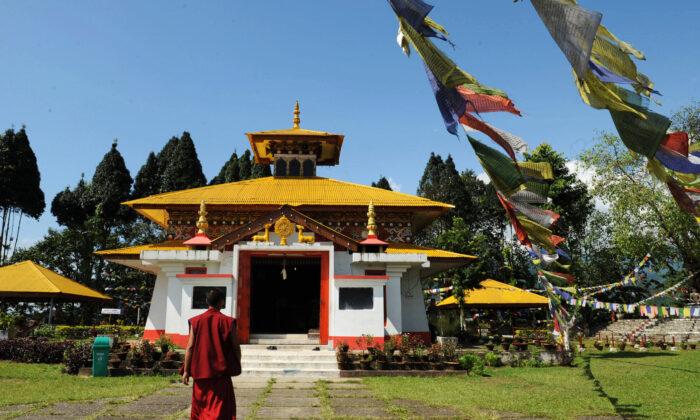Flowers make an integral part of the diverse cultural life of Indians: They are not merely offered at the places of worship, but also enhance the country’s rich traditions and values.
Almost every flower has a unique name in different Indian languages, each carrying an inherent cultural meaning and use. Some flower names embody rich meaning that encompasses a whole array of Indian literature and cultural richness.
Lotus (Nelumbo nucifera), the national flower of India, has cultural heritage and is considered very auspicious. In Sanskrit (an ancient Indian language) it’s called “Nalini,” which means scared and mystic. The lotus flower symbolizes detachment from the surroundings, be it good or bad.
Jasmine (Jasminum grandiflorum) in Sanskrit is called “Malti,” which means royal or moonlight, is one of the most used flowers in India; it’s used primarily by women to adorn their hair and also used in worship.
According to an Indian tradition, flowers to be gifted or offered, shouldn’t be smelled. Flower garlands are used as religious offerings, for home decorations, and festivities. In weddings garlands are exchanged of between bride and groom as a ritual.
Flowers are also used for making natural perfumes called “Attars.” In the art of perfumery, sandalwood oil is used as a base or fixative, which holds essence of the flower. It’s said like a fine wine, true sandalwood-based attar actually improves with age.
One can only marvel at the way flowers have influenced Indian culture. The poem “Flower School” by the famous Indian poet and noble laureate, Rabindranath Tagore, shows the place flowers have in the Indian poetry and also depicts the oneness of the culture with nature, specifically flowers.
“The Flower School”
When storm-clouds rumble in the sky and June showers come down.
The moist east wind comes marching over the heath to blow its
bagpipes among the bamboos.
Then crowds of flowers come out of a sudden, from nobody knows
where, and dance upon the grass in wild glee.
Mother, I really think the flowers go to school underground.
They do their lessons with doors shut, and if they want to
come out to play before it is time, their master makes them stand
in a corner.
When the rain come they have their holidays.
Branches clash together in the forest, and the leaves rustle
in the wild wind, the thunder-clouds clap their giant hands and the
flower children rush out in dresses of pink and yellow and white.Do you know, mother, their home is in the sky, where the stars
are.
Haven’t you see how eager they are to get there? Don’t you
know why they are in such a hurry?
Of course, I can guess to whom they raise their arms; they
have their mother as I have my own.
Indian flowers symbolize country’s unity in diversity, liveliness, and generosity, providing it a rich cultural fragrance and values.















